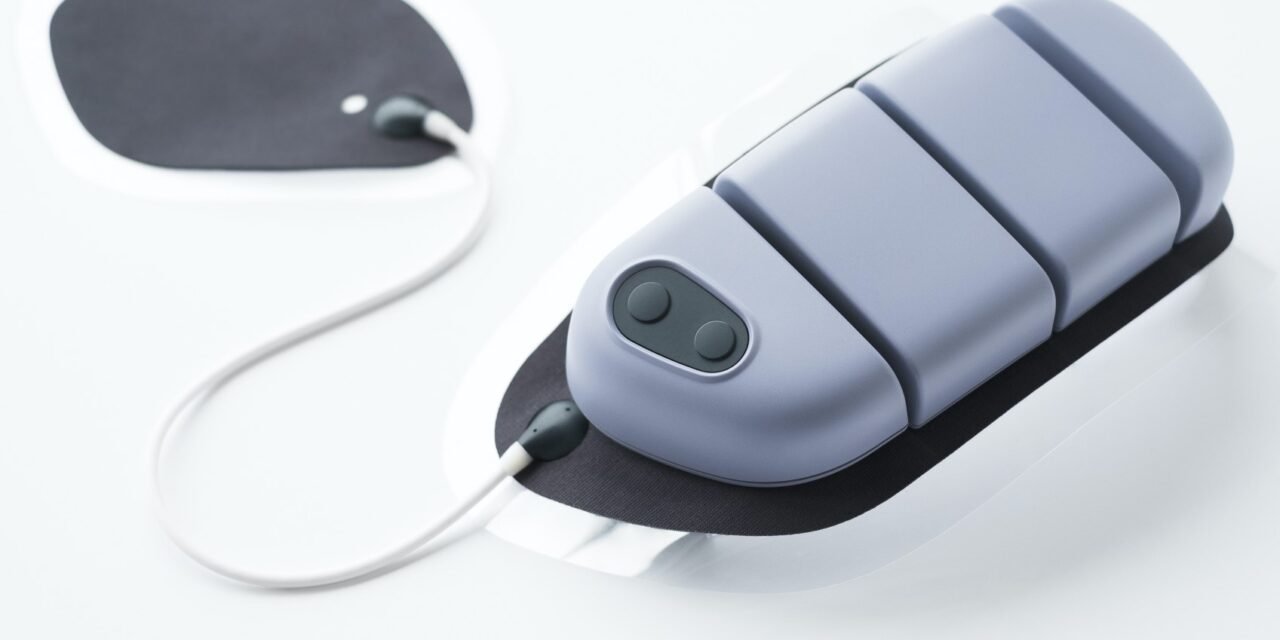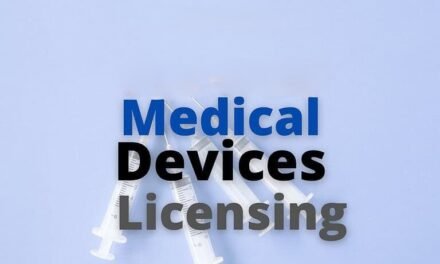
Wearable Heart Monitor Receives CE Mark Approval for Widespread Use in Europe

A groundbreaking wearable heart monitor has recently received CE Mark approval, paving the way for its widespread use across Europe. This approval represents a significant milestone in cardiovascular healthcare, as it allows the device to be marketed and used throughout the European Union (EU) and European Economic Area (EEA). The CE Mark is a certification indicating that a product meets EU health, safety, and environmental protection standards, making it a key regulatory requirement for medical devices sold in Europe.
The wearable heart monitor is designed to offer real-time monitoring of a user’s heart rate, arrhythmias, and other cardiovascular events, providing patients and healthcare providers with critical insights into heart health. The device’s approval marks a turning point in remote patient monitoring and chronic disease management, offering a new, convenient, and non-invasive tool to manage heart-related conditions.
Features of the Wearable Heart Monitor:
- Real-Time Heart Monitoring:
- The wearable monitor continuously tracks heart rate, ECG (electrocardiogram), and arrhythmias. This real-time data provides both patients and healthcare providers with a comprehensive view of heart health, enabling earlier detection of cardiac irregularities and abnormalities.
- By using sensors embedded in the device, the monitor captures electrical signals from the heart, similar to what is done in a traditional ECG test performed in a hospital or clinic.
- Wireless Connectivity:
- The device syncs with a smartphone app or cloud-based platform to provide instant access to data, which can be shared with doctors or care teams remotely. This wireless functionality makes the wearable heart monitor ideal for remote patient monitoring, enabling healthcare providers to track patients’ heart health without the need for regular in-person visits.
- Easy-to-Wear Design:
- Designed for continuous use, the heart monitor is lightweight, comfortable, and non-intrusive. It can be worn discreetly throughout the day, making it easier for patients to integrate the monitoring into their daily routines without discomfort or disruption to normal activities.
- The device may come in the form of a wristband, patch, or chest strap, ensuring versatility for different user preferences.
- Automatic Alerts for Abnormal Events:
- One of the standout features of the device is its ability to alert users and their healthcare providers in real time if it detects heart irregularities, such as atrial fibrillation (AFib) or bradycardia (low heart rate). This early detection is critical in preventing more serious events, such as strokes or heart attacks.
- These alerts can be sent via app notifications, SMS, or even to emergency contacts, helping ensure rapid intervention when needed.
- Long Battery Life:
- The wearable heart monitor is designed to function continuously for extended periods, often lasting several days or weeks on a single charge, ensuring continuous monitoring without the need for frequent recharging.
- Data Insights and Health Tracking:
- The device is equipped with advanced algorithms that not only detect and report abnormalities but also track trends in heart health over time. This can provide valuable insights into how lifestyle factors (such as exercise, diet, and sleep patterns) affect the cardiovascular system, helping patients make informed decisions about their health.
- The device may also track additional parameters such as physical activity, sleep quality, and stress levels, offering a more holistic approach to cardiovascular health.
Benefits of the Wearable Heart Monitor:
- Early Detection and Prevention of Heart Conditions:
- By continuously monitoring the heart and providing real-time data to both patients and healthcare providers, the wearable heart monitor enables the early detection of heart diseases that might otherwise go unnoticed until more severe symptoms appear. Conditions like atrial fibrillation and arrhythmias can be detected before they lead to serious complications, such as strokes or heart failure.
- Improved Patient Engagement and Empowerment:
- The wearable heart monitor empowers patients to take a more active role in managing their heart health. With real-time data and alerts, patients can monitor their condition more closely and adjust their behavior based on feedback from the device. This can lead to better adherence to prescribed treatments and lifestyle changes, resulting in improved health outcomes.
- Remote Monitoring and Telemedicine Integration:
- The device supports remote patient monitoring, enabling healthcare providers to track their patients’ heart health without the need for frequent office visits. This is particularly important for patients with chronic heart conditions or those at risk for cardiovascular diseases, who may need regular checkups but have difficulty accessing healthcare facilities.
- Integration with telemedicine platforms allows healthcare providers to conduct virtual consultations, review heart data remotely, and adjust treatment plans as necessary, all of which can lead to better overall care coordination.
- Reduced Hospital Admissions:
- By enabling early detection of potential heart issues, wearable heart monitors can help reduce the need for hospital admissions. Timely intervention through remote monitoring can prevent acute events, such as heart attacks or arrhythmias, from escalating, ultimately leading to fewer emergency room visits and reduced hospital stays.
- Cost-Effectiveness:
- With the ability to detect early signs of heart disease and reduce the need for emergency interventions, wearable heart monitors can lower the overall cost of care. For healthcare systems, these devices can lead to cost savings by reducing hospital admissions, emergency room visits, and long-term complications associated with untreated heart conditions.
Clinical Implications and Future Impact:
- Chronic Disease Management:
- The wearable heart monitor is a game-changer for patients with chronic heart conditions such as heart failure, arrhythmias, and hypertension. Regular monitoring allows for better disease management, adjustment of medications, and personalized treatment plans that can improve quality of life and extend longevity.
- Atrial Fibrillation (AFib) Detection:
- Atrial fibrillation (AFib) is one of the most common arrhythmias and a major risk factor for stroke and heart failure. Early detection of AFib can significantly reduce the risk of serious cardiovascular events. Wearable heart monitors equipped with the ability to detect AFib can help save lives by triggering timely interventions.
- Personalized Heart Health Insights:
- The combination of real-time monitoring, trend analysis, and personalized health insights provided by the wearable heart monitor offers a tailored approach to managing heart health. It allows both patients and healthcare providers to create a customized plan for maintaining cardiovascular wellness and preventing complications.
- Integration with Other Health Technologies:
- Future versions of wearable heart monitors may integrate more deeply with other health technologies such as smartwatches, fitness trackers, and smart home devices. These integrations could provide a more comprehensive view of a patient’s overall health, enabling even more personalized care and treatment strategies.
- Potential for Global Reach:
- With CE Mark approval, the wearable heart monitor is now available in European markets, but it is expected that the device will be introduced in other regions, such as North America, Asia, and Latin America, over time. Global availability could help improve cardiovascular health management in developing countries, where access to healthcare may be limited, and reduce the burden of heart disease on global healthcare systems.
Challenges and Considerations:
- Data Privacy and Security:
- As with any health-related technology, ensuring the privacy and security of patient data is critical. The wearable heart monitor collects sensitive health information, and it is important that data is encrypted and stored in compliance with regulatory standards (such as GDPR in Europe or HIPAA in the U.S.) to protect patient confidentiality.
- User Acceptance and Compliance:
- While the technology behind wearable heart monitors is promising, patient adoption is key. Some patients, especially older adults, may be hesitant to use wearable devices or may not fully understand how to operate them. Proper education and user-friendly designs will be essential to encourage compliance and ensure the device’s effectiveness.
- Cost:
- The cost of wearable heart monitors, while potentially offset by long-term savings from reduced hospital visits, may still be a barrier for some patients, particularly in lower-income or underinsured populations. Efforts to reduce costs and improve accessibility will be essential for widespread adoption.




























